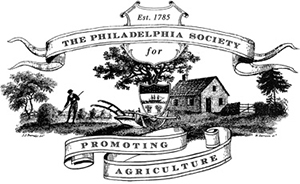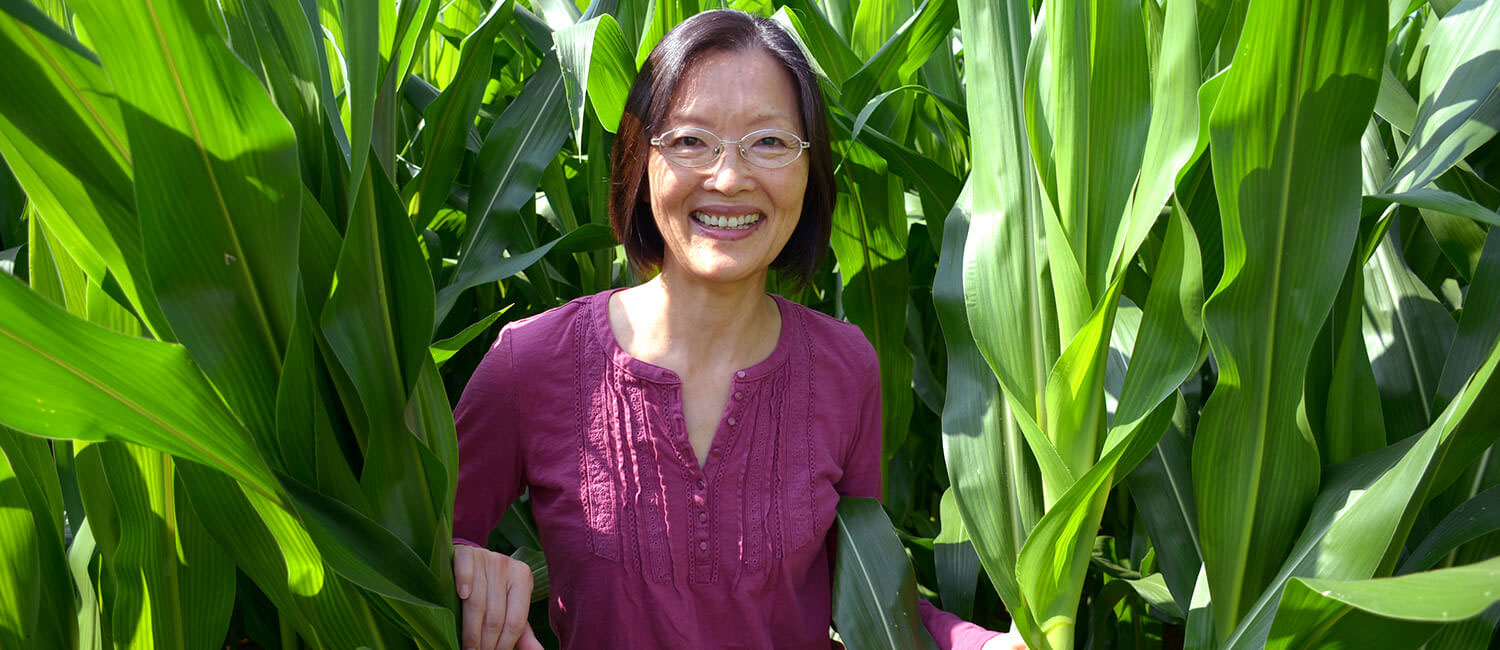In today’s climate change narrative, animal-based agriculture often endures criticism for its alleged contributions to the global problem. With some naysayers ranking the industry second only to the population explosion as a root contributor to global warming and other weather-related devastation, the concern for how food is – and can be – produced has become even more pressing.
In reality, farmers across all facets of animal agriculture – beef, dairy, poultry, and pork – have long-since embraced evolving techniques to produce meat, milk, and eggs as efficiently and sustainably as possible, minimizing agriculture’s climate-contributing footprint in the process.
Even still, agriculture critics routinely point fingers at the industry and the animals that it is comprised of, even going as far as calling out cows for the implications of their bovine burps.
But researchers at the University of Pennsylvania’s School of Veterinary Medicine (Penn Vet) are finding that these cow ‘culprits’ – and other livestock found in animal agriculture – are actually critical partners in developing sustainable, regenerative agro-food systems.
“Animals are natural bio-processors,” says Zhengxia Dou, PhD, Professor of Agricultural Systems at Penn Vet, noting that livestock’s unique and ‘indispensable’ natural biological processes enable them to consume plant and food residues that are either indigestible by humans, unpalatable to people, or are no longer sellable for any of a number of reasons. Dou refers to these residues as IUUB (indigestible, unpalatable, or unsellable biomass); for example, the surge of processing byproducts generated by the increased popularity of plant-based foods in consumers’ diets.
“By maximizing the use of IUUB, the livestock sector of agriculture actually contributes to this societal issue in a very positive way,” says Dou.
The animals consuming IUUB are a key component to the wholesomeness of our food system, as well as to our own diets. “Without them, we would not be able to convert otherwise wasted biomass into nutritious meat, milk, and eggs.” she emphasizes.
Right now, Dou’s team at Penn Vet is in the process of conducting a dairy focused project called “The Amazing Cow.” Funded by the Pennsylvania Department of Agriculture, the study documents the types, amounts, and variations of IUUB fed on dairy farms, characterizing important nutritional attributes and giving producers informed insights on how IUUB feedstuffs could be implemented on their farms.
These promising feedstuffs come in many forms. A dairy operation in Lancaster County receives daily deliveries of apple waste from a processing facility that supplies apple slices for school lunches. Another local dairy gets three truckloads of vegetable and fruit discards, along with expired bread products, each week that originate from area distribution centers. No longer sellable or desirable for consumers, these foodstuffs become feed for cattle rather than going to a landfill. Other producers across Pennsylvania have discovered the benefits of brewer’s waste – the huge quantities of sour mash that result from the production of beer – as a viable source of feed…
Curt Harler, University of Pennsylvania, December 16, 2019

